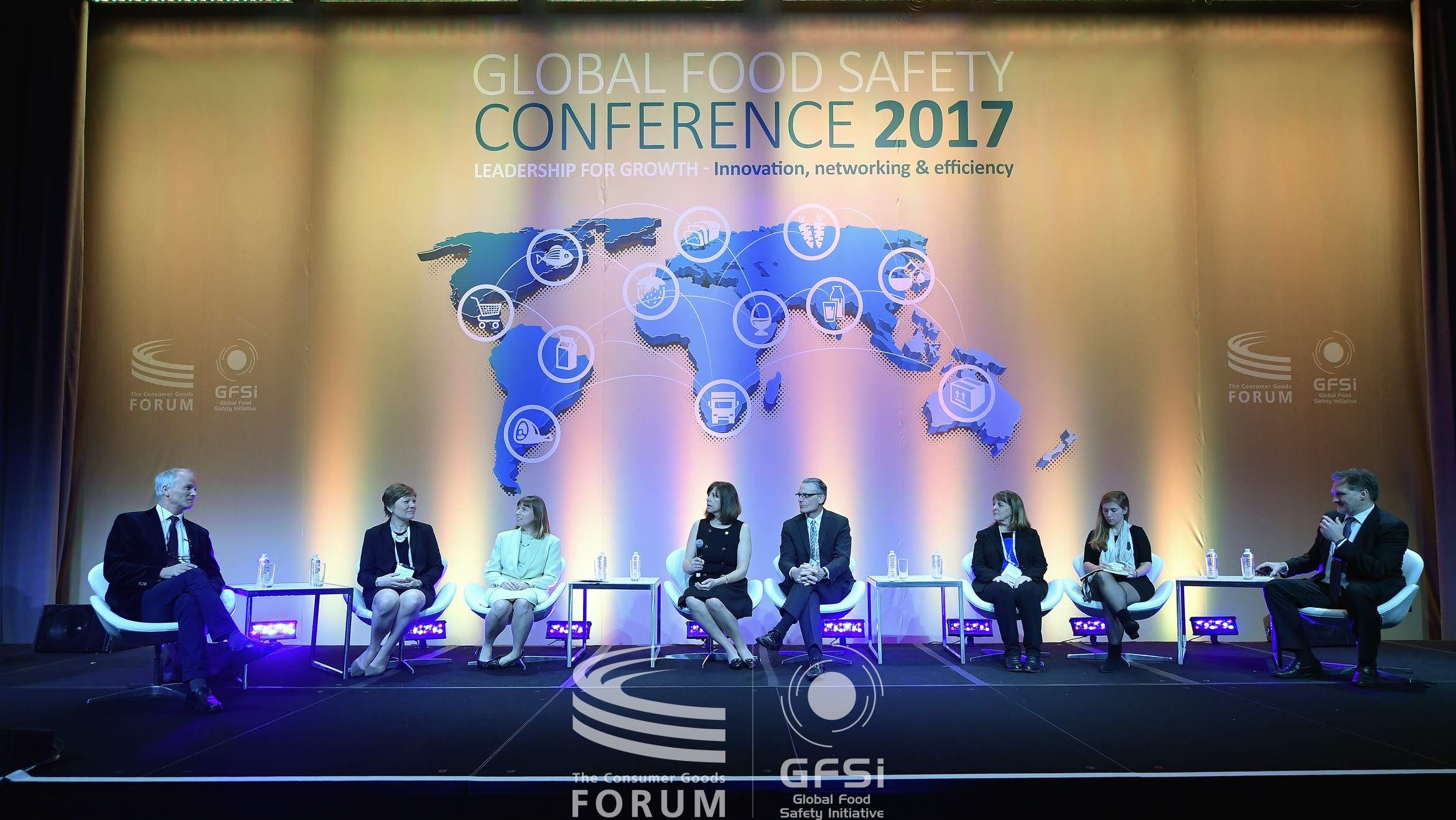Executive Leadership, Technology, and Frontline Worker Knowledge Loom Large at the Global Food Safety Conference 2017

More than 1,000 attendees from 60 countries met in Houston at the Global Food Safety Conference to share ideas and insights regarding the need to embrace food safety culture from the very top of every food organization. C-suite executives were among the participants in sessions advocating leveraging the Global Food Safety Initiative for growth, regardless of a company’s position in the supply chain. With some 2,700 food safety recalls in 2016, obviously, the effort must continue. Following are some of the key conversations from GFSC 2017:
Executive leadership in food safety culture
Executive-level leadership and support are more important than ever for the successful implementation and establishment of a food safety culture. Food company executives must serve as food safety thought leaders and head efforts to maintain food safety’s strategic priority both within the industry and in terms of international government cooperation.
Transparency in the supply chain
One key presentation focused on the global challenges and benefits of supply chain transparency. Stakeholders from different ends of the chain—a supplier from South America and a major retailer from Europe—discussed how critical the element of transparency is for the management and communication of food safety. They stressed the ratcheting demand for clear, rapid, and even instant information throughout the supply chain.
The “internet of things” now includes the food industry
The phenomenon known as the “internet of things”—the growing interconnection of built-in data processing capability in everyday objects, enabling them to collect, send, and receive data—is entering the food industry. One pest abatement company has created baited traps for rodent control that not only signal when an animal has been trapped and eliminated, but can notify human monitors when bait or poisons must be replenished and, in conjunction with the virtual network of other traps at a given facility, amass data indicating the likely entry spots and main runs used by the pests. Soon, the company expects to employ baits with nano-markers, allowing abatement specialists to trace the animals directly to their nests, either inside or outside the facility.
In another presentation referencing, in its own words, the “internet of clean,” a manufacturer of specialty food packaging and hygiene solutions has devised a system that remotely monitors equipment, machines, and procedures through sensor-generated data. The platform allows users to see trends and access real-time data, allowing them to improve hygienic standards while reducing cleaning costs. The “internet of clean” will continue to accelerate the transformation of food safety systems from reactive to predictive and proactive.
Frontline worker knowledge remains key to food safety
Engaging training, consistent reinforcement, and active, on-the-floor coaching will imbue frontline workers with the critical knowledge they need to keep food safe. Line workers are, after all, the food company employees closest to the products themselves. Conference attendees openly recognized that GFSI efforts in the food industry must be geared at preparing workers to be the first and last defense against foodborne illness outbreaks and subsequent recalls. As executives prioritizing food safety initiatives, attendees acknowledged the need to fully support their frontline employees.
Alchemy leaders enjoyed the opportunity to network with our peers in the industry and in the global cause of food safety. We look forward to GFSC 2018 in Tokyo.





